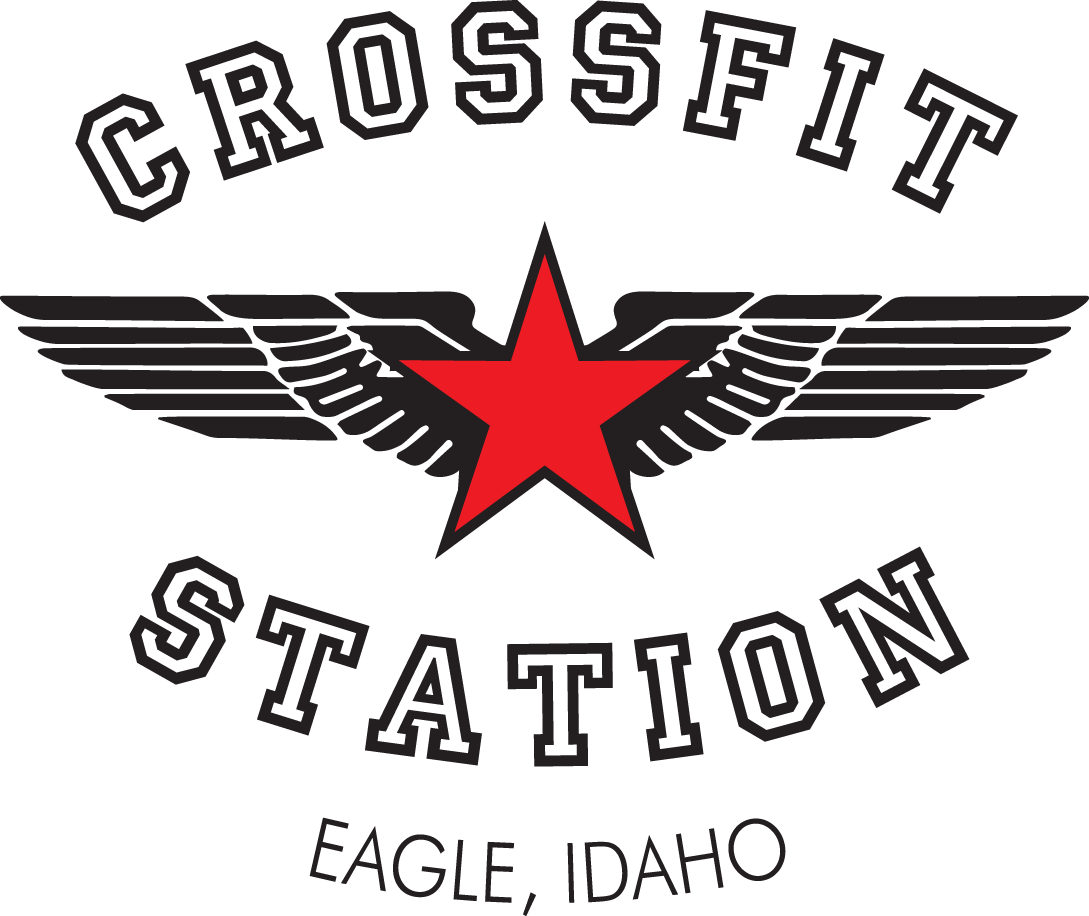Recently one of my family members suffered a heart attack. He is recovering well, but has modified his diet, specifically his salt intake. The drastic reduction of sodium can be just as harmful as consuming large amounts of it. Too little can cause spasms, irregular heart rhythms, sudden death and even increase the risk of heart attack in hypertensive patients. Understanding the role sodium plays in the body, and the difference between "good" and "bad" sources of sodium, will help you get the bad salt out of your diet while still satisfying your body’s need for a source of high quality sodium.
The FDA recommends 2500 mg. The Institute of Medicine recommends 1500 mg per day. of However according the CDC Americans from the age of 2 on up consumes more than 3000 mg per day of sodium.
There is no question however that our bodies need salt. Salt is necessary to retain hydration, carry babies to term, regulate blood sugar, contributes to a healthy thyroid, acts like an antihistamine, and helps with sleep.
Understanding the different kinds of salt is worth exploring.
- Table salt is only sodium and chloride usually mined from rock salt or seawater. It then has the other naturally occurring minerals stripped from it which are often sold to vitamin companies at a premium price. This refining results in a bitter taste, which is one reason for the fillers, including dextrose (good old corn sugar).
- Sea Salt is again sodium chloride and ultimately came from a sea at some point, all salt is sea salt. The label “sea salt” is a marketing strategy to convince you to pay higher price for health food. White Sea salt is no healthier than table salt.
- Unrefined Sea Salt such as Himalayan Salt, Celtic Sea Salt, and Real Salt have 84 different minerals in it, instead of TWO. Unrefined Sea Salt will be colorful, shades of pink, brown, or grey depending upon the source. We cannot deny that unrefined sea salt provides a natural balance of minerals that keeps us healthy instead of making us sick.
Give your body what it craves, and don’t be afraid to use salt when cooking. If you are eating real food (food that doesn’t require a label) you are probably not getting enough salt in your diet to begin with.
Original Source Can Be Found Here at The Independent News
